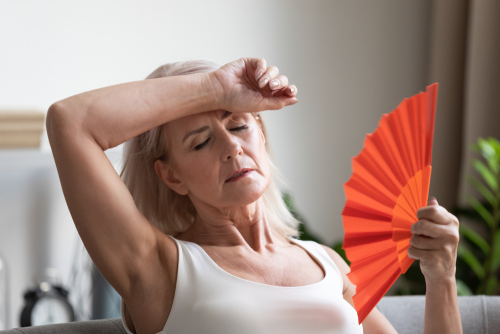Rising temperatures raise the stakes for LIHEAP in the COVID-19 pandemic

May could prove to be a crucial time for utilities as advocates of the Low Income Home Energy Assistance Program (LIHEAP) press Congress to urgently increase funding for the venerable program in the face of rising temperatures and the economic haymaker thrown by the tenacious COVID-19 pandemic.
The industry has been working with a cadre of Washington activist organizations to build a statistical case that will convince Congress to provide a massive new round of funding for LIHEAP for an untold number of Americans who found themselves suddenly housebound and unemployed. The data – which is being collected through various trade associations – will then be compiled, aggregated, and otherwise crunched before being presented to the Hill. The preliminary numbers were expected to be completed around May 15.
Katrina Metzler, executive director of the National Energy and Utility Affordability Coalition (NEUAC), said the data will be used to paint a picture that should convince lawmakers of the need for a substantial boost in funding for LIHEAP to meet a developing surge in the number of Americans seeking help with their utility bills as the chilly winter gives way to an early sizzling summer.
“We hadn’t been seeing much of an increase in LIHEAP applications,” Metzler said, adding that despite the shutoff moratorium, customer bills were beginning to add up and there was a need for Congress to act soon “rather than waiting for people to start falling through the cracks.”
Metzler told Daily Energy Insider that while Congress has already chipped in some $900 million in additional funding for LIHEAP since COVID-19 hit the United States, more is needed as the virus’s impact on employment and on low-income populations becomes clearer. While LIHEAP has earned a sterling reputation on the Hill over the years, fiscal conservatives are seeking statistics on the situation. “They want data,” she said.
LIHEAP’s champions have proposed a funding surge of $4.3 billion to adequately fund the program for the remainder of the year, which will give utilities a level of certainty as they navigate an uncertain period in which not only customer demand could fluctuate but also their ability to pay their bills. “They are trying to do the right thing and make sure that people are connected and have electricity and natural gas,” said Cassandra Lovejoy, project manager at the National Energy Assistance Directors’ Association (NEADA). “We know they are worried and we are trying to make sure we are working closely with our utility partners.”
LIHEAP has been in existence since the 1970s when it was created to help American families offset soaring heating bills brought on by the oil crunch. While heating oil has lost much of its prominence over the decades, LIHEAP is still an important means of helping low-income customers keep their accounts current not only in the winter but also in the summer months as air-conditioning grows more vital.
Congress has a generally favorable view of LIHEAP; however, with so many competing priorities at this time lawmakers are requiring hard data to provide the political cover they will need to pump the $4.3 billion that advocates such as NEUAC and NEADA say will be needed to adequately fund the program this year.
While moratoriums on shutoffs have largely eliminated the immediate threat to consumers, the stacks of unpaid bills aren’t going to go away. “Customers are still going to have to pay them off down the road and arrearages could skyrocket,” Lovejoy told Daily Energy Insider. “And even if they get a new job, they won’t necessarily be able to pay it all back right away. It is probably not going to be the only bill that they haven’t paid in the last six months.”
Among the recommendations put forward this spring by NEADA was actually an expansion of the use of AC by providing units to people who need them before the sweltering dog days settle in. “We don’t know yet how many air conditioners will even be available on the shelf at any given time, but this is an emergency that we can see coming,” Lovejoy said.
Metzler said that the benefits of giving out truckloads of air conditioners to low-income people might not be obvious in some conservative circles, which adds to the daunting challenges of winning such significant increases to LIHEAP’s funding. “LIHEAP has long been considered a vital heating program, but air conditioning is perceived as a luxury, rather than thinking about an elderly person who is isolating at home in Arizona where its 104 degrees,” she said. “It’s not a luxury.”
LIHEAP advocates haven’t had the opportunities for public hearings or even personal meetings with congressional staff to state their case due to the COVID shutdown, but there have been plenty of phone calls and texts taking place with the aim of expanding a program that will greatly assist both utilities and the customers during what looks to be a long, hot summer and beyond.
Lovejoy said, “We have expressed to the Hill that this is going to be a marathon and not a sprint.”
